-
EXECUTIVE SUMMARY
-
MARKET INTRODUCTION
-
Definition
-
Scope of the Study
- Research
- Assumptions
- Limitations
-
Objective
-
3.
-
RESEARCH METHODOLOGY
-
Overview
-
Data Mining
-
Secondary Research
-
Primary Research
- Primary
- Breakdown of Primary
-
Interviews and Information Gathering Process
-
Respondents
-
Forecasting Model
-
Market Size Estimation
- Bottom-Up Approach
- Top-Down Approach
-
3.7.
-
Data Triangulation
-
Validation
-
MARKET DYNAMICS
-
Overview
-
Drivers
-
Restraints
-
4.4.
-
Opportunities
-
MARKET FACTOR ANALYSIS
-
Value Chain Analysis
-
Porter’s Five Forces Analysis
- Bargaining Power
- Bargaining Power of Buyers
- Threat
- Threat of Substitutes
- Intensity
-
of Suppliers
-
of New Entrants
-
of Rivalry
-
COVID-19 Impact Analysis
- Market Impact
- Regional Impact
- Opportunity and Threat
-
Analysis
-
Analysis
-
GLOBAL PARAFFIN WAX MARKET, BY PRODUCT TYPE
-
6.1.
-
Overview
-
Fully Refined
-
Semi Refined
-
6.4.
-
Others
-
GLOBAL PARAFFIN WAX MARKET, BY APPLICATION
-
7.1.
-
Overview
-
Candles
-
Packaging
-
Cosmetics
-
Hotmelts
-
Board Sizing
-
Rubber
-
GLOBAL PARAFFIN WAX MARKET, BY REGION
-
Overview
- US
- Canada
-
8.1.
-
North America
-
Europe
- Germany
- France
- UK
- Spain
- Rest of Europe
-
8.2.4.
-
Italy
-
Asia-Pacific
- China
- India
- Japan
- Australia
- Rest of Asia-Pacific
-
8.3.4.
-
South Korea
-
Rest of the World
- Middle East
- Africa
- Latin America
-
COMPETITIVE LANDSCAPE
-
9.1.
-
Overview
-
Competitive Analysis
-
Market Share Analysis
-
Major Growth Strategy in the Global Paraffin Wax Market,
-
9.5.
-
Competitive Benchmarking
-
Leading Players in Terms of Number of Developments
-
in the Global Paraffin Wax Market,
-
Key developments and Growth Strategies
- New Product Launch/Service Deployment
- Merger &
- Joint Ventures
-
Acquisitions
-
Major Players Financial
- Sales & Operating Income, 2022
- Major
-
Matrix
-
Players R&D Expenditure. 2022
-
COMPANY PROFILES
-
10.1.
-
ExxonMobil
-
10.1.5.
-
SWOT Analysis
-
10.2.5.
-
SWOT Analysis
-
10.3.3.
-
Products Offered
-
10.4.1.
-
Company Overview
-
Offered
-
Overview
-
10.5.6.
-
Key Strategies
-
10.6.4.
-
Key Developments
-
Strategies
-
Overview
-
10.8.6.
-
Key Strategies
-
10.9.1.
-
Company Overview
-
Offered
-
Overview
-
10.10.6.
-
Key Strategies
-
Company Overview
-
Financial Overview
-
Products Offered
-
Key Developments
-
Key Strategies
-
Sasol Limited
- Company Overview
- Financial Overview
- Products Offered
- Key Developments
- Key Strategies
-
Sinopec
- Company Overview
- Financial Overview
- Key Developments
- SWOT Analysis
- Key Strategies
-
Royal Dutch Shell
- Financial Overview
- Products
- Key Developments
- SWOT Analysis
- Key Strategies
-
Petrobras
- Company
- Financial Overview
- Products Offered
- Key Developments
- SWOT Analysis
-
Repsol
- Company Overview
- Financial Overview
- Products Offered
- SWOT Analysis
- Key Strategies
-
Numaligarh Refinery Limited (NRL)
- Company Overview
- Financial Overview
- Products Offered
- Key Developments
- SWOT Analysis
- Key
-
HollyFrontier Corporation
- Company
- Financial Overview
- Products Offered
- Key Developments
- SWOT Analysis
-
Indian Oil Corporation Limited (IOCL)
- Financial Overview
- Products
- Key Developments
- SWOT Analysis
- Key Strategies
-
CEPSA
- Company
- Financial Overview
- Products Offered
- Key Developments
- SWOT Analysis
-
APPENDIX
-
References
-
11.2.
-
Related Reports
-
-
LIST OF TABLES
-
GLOBAL
-
PARAFFIN WAX MARKET, SYNOPSIS, 2025-2034
-
GLOBAL PARAFFIN WAX
-
MARKET, ESTIMATES & FORECAST, 2025-2034 (USD BILLION)
-
GLOBAL
-
PARAFFIN WAX MARKET, BY PRODUCT TYPE, 2025-2034 (USD BILLION)
-
TABLE 4
-
GLOBAL PARAFFIN WAX MARKET, BY APPLICATION, 2025-2034 (USD BILLION)
-
TABLE
-
NORTH AMERICA: PARAFFIN WAX MARKET, BY PRODUCT TYPE, 2025-2034 (USD BILLION)
-
NORTH AMERICA: PARAFFIN WAX MARKET, BY APPLICATION, 2025-2034 (USD
-
BILLION)
-
US: PARAFFIN WAX MARKET, BY PRODUCT TYPE, 2025-2034
-
(USD BILLION)
-
US: PARAFFIN WAX MARKET, BY APPLICATION, 2025-2034
-
(USD BILLION)
-
CANADA: PARAFFIN WAX MARKET, BY PRODUCT TYPE, 2025-2034
-
(USD BILLION)
-
CANADA: PARAFFIN WAX MARKET, BY APPLICATION, 2025-2034
-
(USD BILLION)
-
EUROPE: PARAFFIN WAX MARKET, BY PRODUCT TYPE, 2025-2034
-
(USD BILLION)
-
EUROPE: PARAFFIN WAX MARKET, BY APPLICATION, 2025-2034
-
(USD BILLION)
-
GERMANY: PARAFFIN WAX MARKET, BY PRODUCT TYPE,
-
GERMANY: PARAFFIN WAX MARKET, BY APPLICATION,
-
FRANCE: PARAFFIN WAX MARKET, BY PRODUCT
-
TYPE, 2025-2034 (USD BILLION)
-
FRANCE: PARAFFIN WAX MARKET, BY
-
APPLICATION, 2025-2034 (USD BILLION)
-
ITALY: PARAFFIN WAX MARKET,
-
BY PRODUCT TYPE, 2025-2034 (USD BILLION)
-
ITALY: PARAFFIN WAX
-
MARKET, BY APPLICATION, 2025-2034 (USD BILLION)
-
SPAIN: PARAFFIN
-
WAX MARKET, BY PRODUCT TYPE, 2025-2034 (USD BILLION)
-
SPAIN:
-
PARAFFIN WAX MARKET, BY APPLICATION, 2025-2034 (USD BILLION)
-
TABLE 11
-
UK: PARAFFIN WAX MARKET, BY PRODUCT TYPE, 2025-2034 (USD BILLION)
-
TABLE
-
UK: PARAFFIN WAX MARKET, BY APPLICATION, 2025-2034 (USD BILLION)
-
TABLE
-
REST OF EUROPE: PARAFFIN WAX MARKET, BY PRODUCT TYPE, 2025-2034 (USD BILLION)
-
REST OF EUROPE: PARAFFIN WAX MARKET, BY APPLICATION, 2025-2034
-
(USD BILLION)
-
ASIA-PACIFIC: PARAFFIN WAX MARKET, BY PRODUCT
-
TYPE, 2025-2034 (USD BILLION)
-
ASIA-PACIFIC: PARAFFIN WAX MARKET,
-
BY APPLICATION, 2025-2034 (USD BILLION)
-
JAPAN: PARAFFIN WAX
-
MARKET, BY PRODUCT TYPE, 2025-2034 (USD BILLION)
-
JAPAN: PARAFFIN
-
WAX MARKET, BY APPLICATION, 2025-2034 (USD BILLION)
-
JAPAN: PARAFFIN
-
WAX MARKET, BY APPLICATION, 2025-2034 (USD BILLION)
-
CHINA: PARAFFIN
-
WAX MARKET, BY APPLICATION, 2025-2034 (USD BILLION)
-
INDIA: PARAFFIN
-
WAX MARKET, BY PRODUCT TYPE, 2025-2034 (USD BILLION)
-
INDIA:
-
PARAFFIN WAX MARKET, BY APPLICATION, 2025-2034 (USD BILLION)
-
TABLE 23
-
AUSTRALIA: PARAFFIN WAX MARKET, BY PRODUCT TYPE, 2025-2034 (USD BILLION)
-
AUSTRALIA: PARAFFIN WAX MARKET, BY APPLICATION, 2025-2034 (USD BILLION)
-
SOUTH KOREA: PARAFFIN WAX MARKET, BY PRODUCT TYPE, 2025-2034 (USD
-
BILLION)
-
SOUTH KOREA: PARAFFIN WAX MARKET, BY APPLICATION, 2025-2034
-
(USD BILLION)
-
REST OF ASIA-PACIFIC: PARAFFIN WAX MARKET, BY
-
PRODUCT TYPE, 2025-2034 (USD BILLION)
-
REST OF ASIA-PACIFIC:
-
PARAFFIN WAX MARKET, BY APPLICATION, 2025-2034 (USD BILLION)
-
TABLE 29
-
REST OF THE WORLD: PARAFFIN WAX MARKET, BY PRODUCT TYPE, 2025-2034 (USD BILLION)
-
REST OF THE WORLD: PARAFFIN WAX MARKET, BY APPLICATION, 2025-2034
-
(USD BILLION)
-
MIDDLE EAST: PARAFFIN WAX MARKET, BY PRODUCT TYPE,
-
MIDDLE EAST: PARAFFIN WAX MARKET, BY
-
APPLICATION, 2025-2034 (USD BILLION)
-
AFRICA: PARAFFIN WAX MARKET,
-
BY PRODUCT TYPE, 2025-2034 (USD BILLION)
-
AFRICA: PARAFFIN WAX
-
MARKET, BY APPLICATION, 2025-2034 (USD BILLION)
-
LATIN AMERICA:
-
PARAFFIN WAX MARKET, BY PRODUCT TYPE, 2025-2034 (USD BILLION)
-
TABLE 36
-
LATIN AMERICA: PARAFFIN WAX MARKET, BY APPLICATION, 2025-2034 (USD BILLION)
-
LIST OF FIGURES
-
RESEARCH PROCESS
-
MARKET
-
STRUCTURE FOR THE GLOBAL PARAFFIN WAX MARKET
-
MARKET DYNAMICS
-
FOR THE GLOBAL PARAFFIN WAX MARKET
-
GLOBAL PARAFFIN WAX MARKET,
-
SHARE (%), BY PRODUCT TYPE, 2022
-
GLOBAL PARAFFIN WAX MARKET,
-
SHARE (%), BY APPLICATION, 2022
-
GLOBAL PARAFFIN WAX MARKET,
-
SHARE (%), BY REGION, 2022
-
NORTH AMERICA: PARAFFIN WAX MARKET,
-
SHARE (%), BY REGION, 2022
-
EUROPE: PARAFFIN WAX MARKET, SHARE
-
(%), BY REGION, 2022
-
ASIA-PACIFIC: PARAFFIN WAX MARKET, SHARE
-
(%), BY REGION, 2022
-
REST OF THE WORLD: PARAFFIN WAX MARKET,
-
SHARE (%), BY REGION, 2022
-
GLOBAL PARAFFIN WAX MARKET: COMPANY
-
SHARE ANALYSIS, 2022 (%)
-
EXXONMOBIL: FINANCIAL OVERVIEW SNAPSHOT
-
EXXONMOBIL: SWOT ANALYSIS
-
SASOL LIMITED:
-
FINANCIAL OVERVIEW SNAPSHOT
-
SASOL LIMITED: SWOT ANALYSIS
-
SINOPEC: FINANCIAL OVERVIEW SNAPSHOT
-
SINOPEC:
-
SWOT ANALYSIS
-
ROYAL DUTCH SHELL: FINANCIAL OVERVIEW SNAPSHOT
-
ROYAL DUTCH SHELL: SWOT ANALYSIS
-
PETROBRAS:
-
FINANCIAL OVERVIEW SNAPSHOT
-
PETROBRAS: SWOT ANALYSIS
-
REPSOL: FINANCIAL OVERVIEW SNAPSHOT
-
REPSOL: SWOT
-
ANALYSIS
-
NUMALIGARH REFINERY LIMITED (NRL): FINANCIAL OVERVIEW
-
SNAPSHOT
-
NUMALIGARH REFINERY LIMITED (NRL): SWOT ANALYSIS
-
HOLLYFRONTIER CORPORATION: FINANCIAL OVERVIEW SNAPSHOT
-
HOLLYFRONTIER CORPORATION: SWOT ANALYSIS
-
INDIAN
-
OIL CORPORATION LIMITED (IOCL): FINANCIAL OVERVIEW SNAPSHOT
-
FIGURE 29
-
INDIAN OIL CORPORATION LIMITED (IOCL): SWOT ANALYSIS
-
CEPSA:
-
FINANCIAL OVERVIEW SNAPSHOT
-
CEPSA: SWOT ANALYSIS
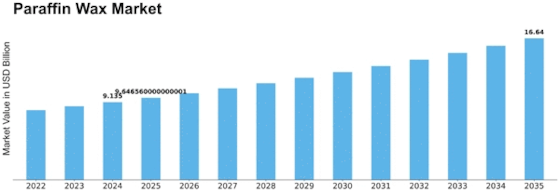

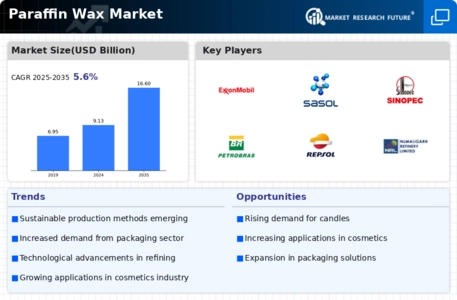

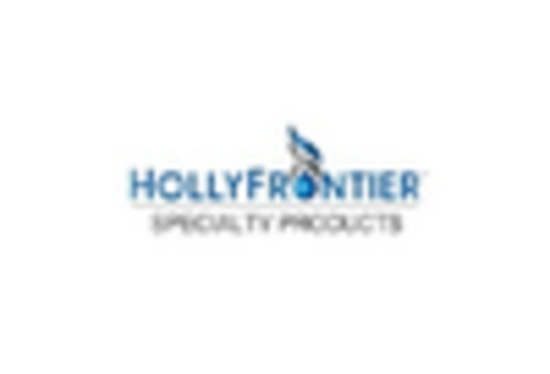
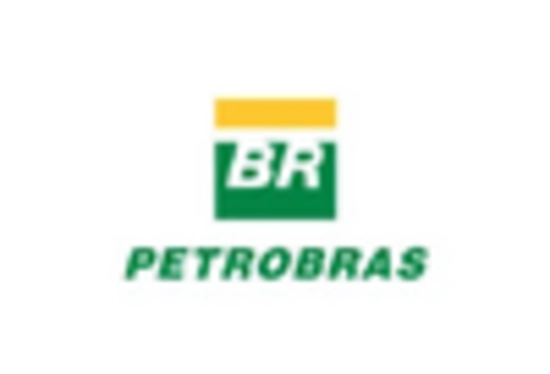
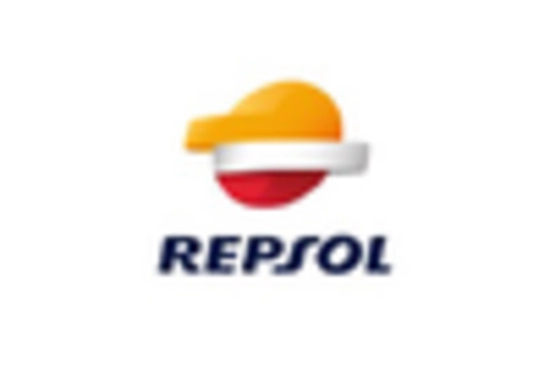
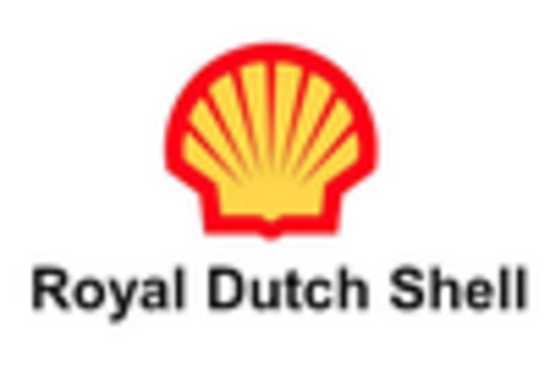
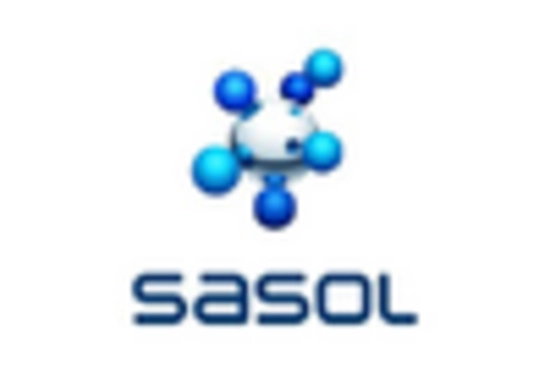

Leave a Comment